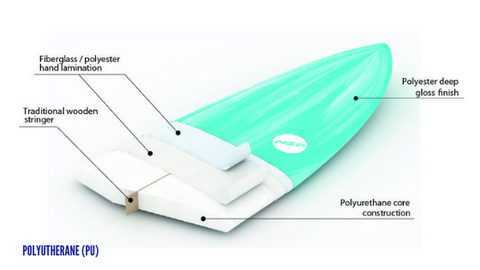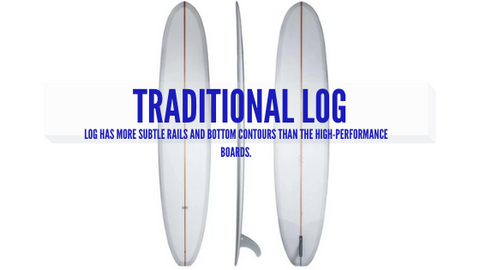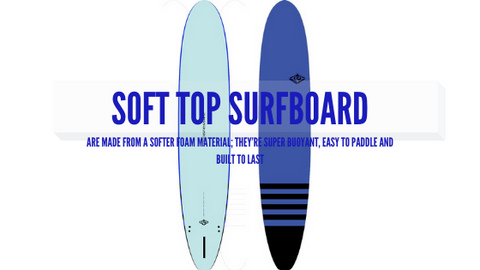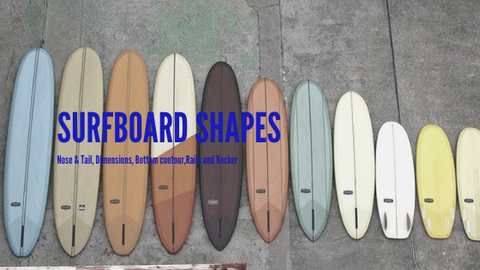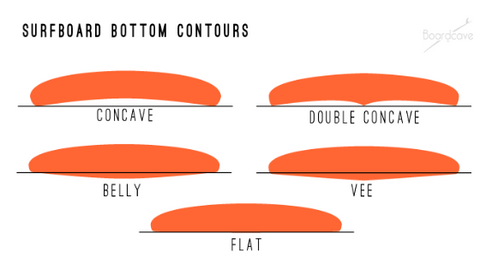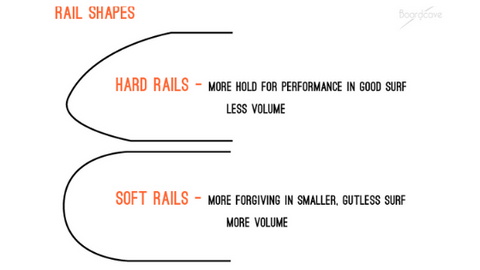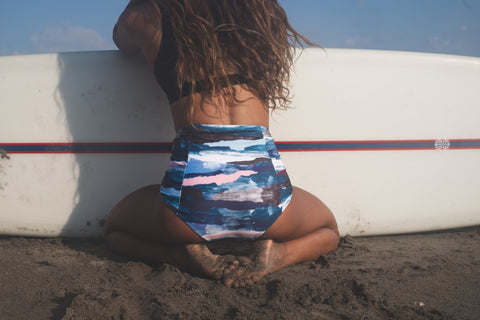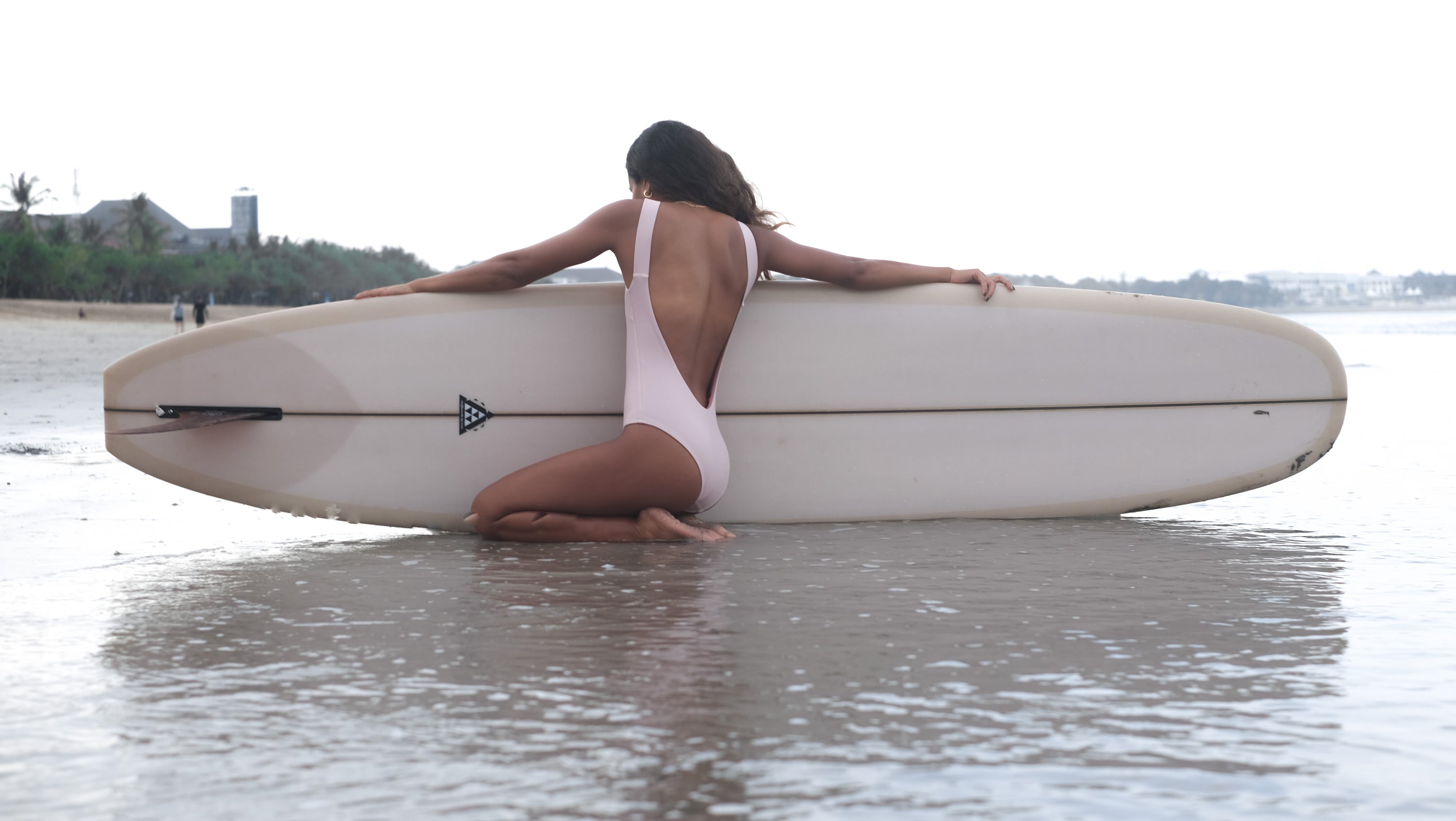
Beginner’s Guide to Buying a Longboard
Here’s the ultimate beginner’s guide to buying a longboard that’s perfectly suited for you!
If you often find yourself daydreaming about gliding along with a rolling wave in your surf bikini swimsuit, you’re not alone. Longboarding isn’t a choice, it’s a lifestyle. It lures you at the moment you set your eyes on those riders who effortlessly slide along perfectly formed waves, floating back and forth along their boards. They gracefully glide along with each wave with what seems like minimal exertion, effortless style, and understated confidence.
Wait. Reality check! That’s not you……..just yet.
If surfing a spot like Batu Bolong Canggu, Bali is on your bucket list, then you’ll need a delectable longboard to eventually get you there. Batu Bolong is what longboard dreams are made of; all you need is your one-piece surf swimsuit, your longboard, and your eager determination.
While dreams do come true, you’ll need to take one step back and start with your surf longboard selection. If you’re a novice with longboard quiver knowledge, then don’t fear, we’ve got everything you need to know right here.

Materials:
The most common materials used to make longboards are:
-
Polyurethane (PU):
Polyurethane foam with a balsa stringer, covered in fiberglass produces a “snappy” board at first, but they tend to become less lively with use. The weight and durability of these longboards depend on the number of stringers and the amount of glass that’s used in production.
-
Epoxy:
The lightest board in the water, and more durable when compared to PU; having an epoxy longboard means less ding repairs. However, many surfers feel that epoxy boards are too light and don’t work well in windy conditions so keep that in mind.
-
Balsa:
A traditional construction material that’s been used for decades. Balsa is a wood that has a high strength-to-weight ratio, as well as flex properties. Balsa longboards can be solid wood or hollow, are often preferred because they perform well, especially in choppy conditions. You can add a Balsa long-board to your growing bucket list.
Next. we have different types of Surfer’s Longboard, and of course, you need to know them well like ‘’getting to know each other’’ phase.

Types:
The three main types of longboards that are out there are the high-performance longboard for the more advanced surfer, and the traditional longboard (the log) and soft-top for beginners.
-
Traditional log:
The log has more subtle rails and bottom contours than the high-performance boards. They’re typically made with heavier fiberglass which carries momentum through flatter sections and gives you more stability for walking and noseriding. They’re perfect for long mellow point breaks or softer days.
-
Soft top surfboards:
These longboards are made from a softer foam material; they’re super buoyant, easy to paddle and built to last. Ideal for beginner surfers, they make it so much easier to stand up and catch waves in all types of conditions. You’ll feel the stoke right away.
Although let’s face it, it’s hard to escape a nose dive or two when you’re first learning to surf. Don’t stress! Your soft top will make your land that much softer if it happens to hit you in the noggin. Straighten up your recycled lycra surf bikini and jump back on your board.
And, lastly consider the shapes of your surfing longboards. You can’t go wrong with your perfect shaped surf longboard in hitting those on waves.
Shapes:
The three-dimensional shape and surface features determine how a longboard performs in the water. The things you need to know are:
1.Nose and tail:
The tip and end of the surfboard. A flat, blunt nose and a squarer tail are ideal for noseriding; tails that produce drag, slow the board down to keep you in the sweet spot of the wave for longer. Longboards with a narrower nose and sharp tail are high-performance and built for speed. Add this to the bucket list too.
Dimensions: Length and width of the surfboard. When it comes to dimensions, the general rule of thumb is the narrower and straighter the longboard, the faster it’ll be and the more suited it is for bigger waves. A rounder, the curvier shape will tend to be slower but more maneuverable.
Just a pro tip check this out Size Guide on what is the best surfboard for you guys.

An easier ride for a beginner would be a surf longboard that’s kind of wide with a little width in the nose; 23 inches wide and 9’6 feet in length is a great place to start. These dimensions provide a more stable platform when you’re learning how to cross-step and nose ride.
A 9.6 board is right in the middle when it comes to lengths, so you can go up or down from there as you develop your skills. A longer board will normally glide better, paddle easier, and allow you to get around wave sections more effectively. But they’ll also generally be more difficult to man-oeuvre, require more set-up time and be less responsive.
Having 23 inches in the center of the board (with a quarter to half an inch, either way, depending on your height), with 19 inches in the nose and around 15.5 - 15.75 inches in the tail, are user-friendly easy-to-ride dimensions.
-
Bottom contour:
The bottom form of the surfboard. A rounded bottom generally slows the board down; most nose riding longboards will have a rounded bottom for this exact reason. However, these types of longboards will be concave (curve inwards) under the nose to help you speed up once you’ve transferred your weight forward.
-
Rails:
The edges of the surfboard. Soft edge, fuller rails don’t dig in or sink into the wave; they’re great for smaller, slower waves and smooth surfing.
Harder edge, low-volume rails are best for more advanced surfers as they sink it into the wave during a turn; they suit bigger, faster surfing and offer greater control. And, lastly, we have the rocker.
-
Rocker:
The bottom curve of the board from the nose to the tail. More rocker equals a slower but looser board, and less rocker (flatter) results in a faster board that’s harder to turn.
Longboards with more rocker are generally designed for more advanced surfers and larger swell, while boards with less rocker work well for beginners in smaller surf.
Only having a little bit of rocker keeps more surface area on top of the water, making it more suitable for slow, cruisy waves as opposed to steep, hollow waves. It also allows you to generate more speed when paddling and surfing.
So, there you have it, folks! Buying your next surf longboard should be a breeze. If you’re keen to develop some fancy footwork, then use this guide to help you choose your next longboard surfboard. You’ll thank us for it later.
And if you'd love to find the perfect outfit to go with your new skills, take a look at our guide to surf swimwear here.
